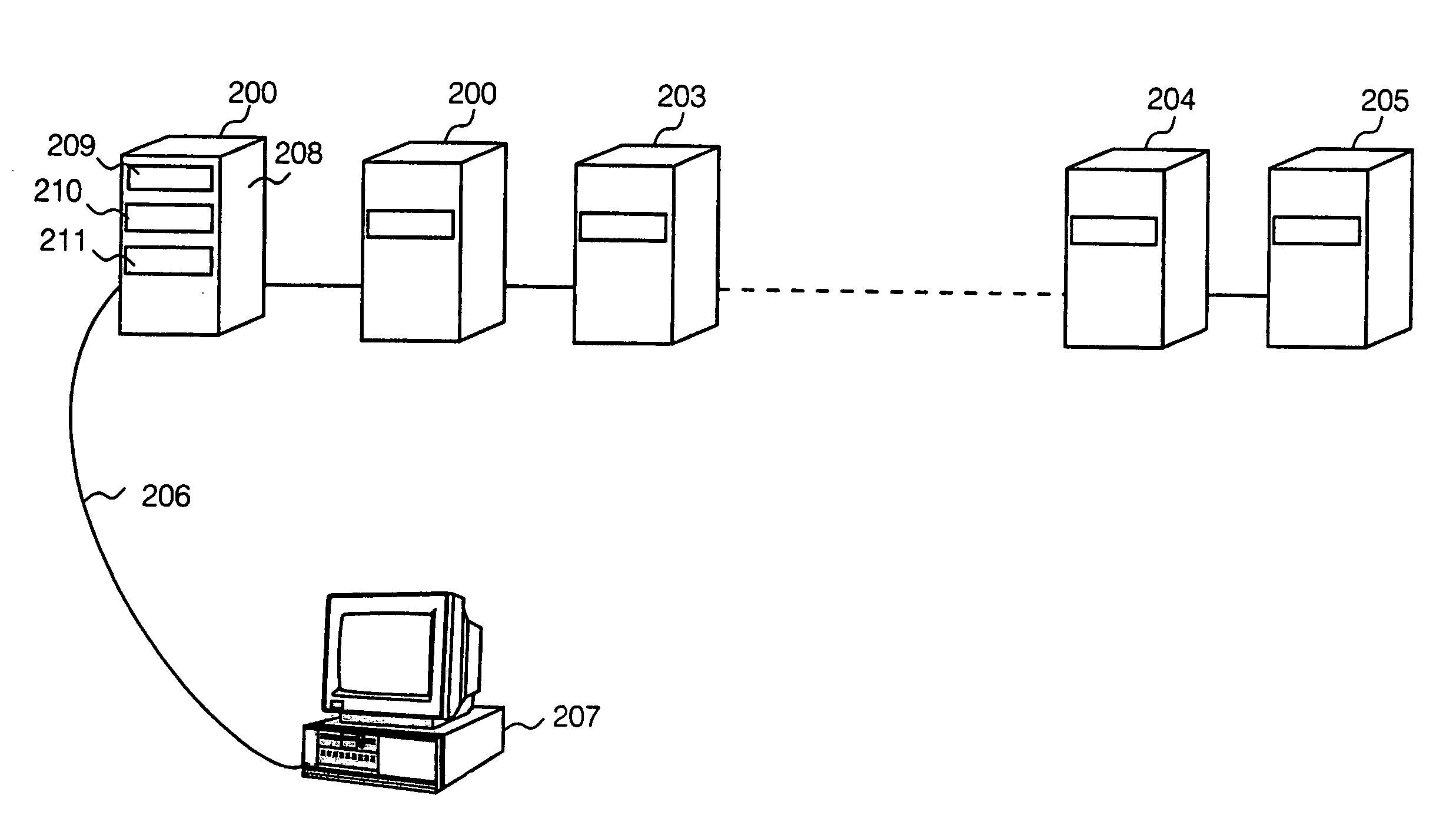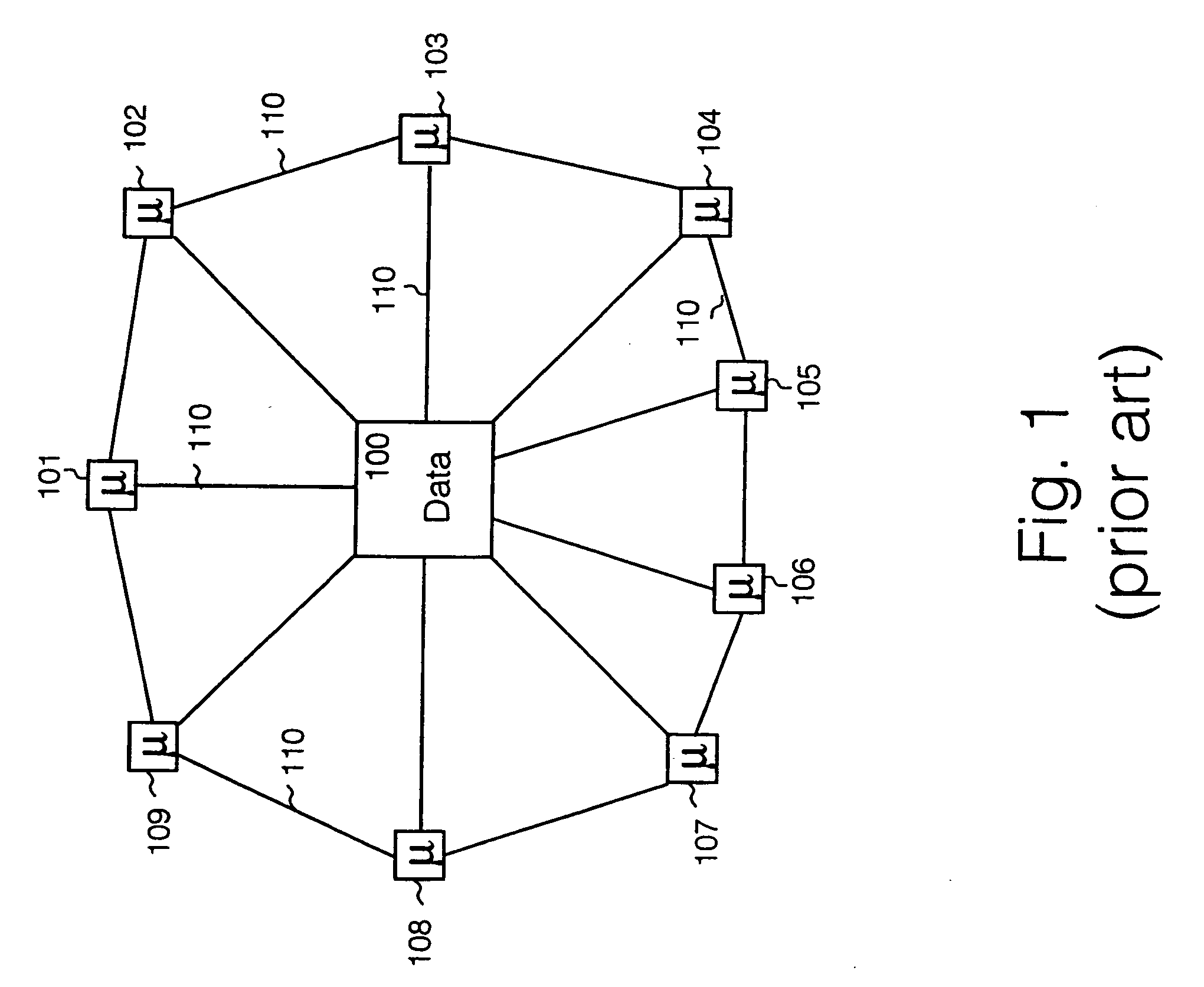Aggregation of multiple headless computer entities into a single computer entity group
a headless computer and entity technology, applied in the computer field, can solve the problems of adding extra hardware, adding extra cost, inherent reliability reduction, etc., and achieve the effect of reducing the complexity of the architecture, and reducing the reliability of the system
- Summary
- Abstract
- Description
- Claims
- Application Information
AI Technical Summary
Problems solved by technology
Method used
Image
Examples
Embodiment Construction
[0055] There will now be described by way of example the best mode contemplated by the inventors for carrying out the invention. In the following description numerous specific details are set forth in order to provide a thorough understanding of the present invention. It will be apparent however, to one skilled in the art, that the present invention may be practiced without limitation to these specific details. In other instances, well known methods and structures have not been described in detail so as not to unnecessarily obscure the present invention.
[0056] The best mode implementation is aimed at achieving scalability of computing power and data storage capacity over a plurality of headless computer entities, but without incurring the technical complexity and higher costs of prior art clustering technology. The specific implementation described herein takes an approach to scalability of connecting together a plurality of headless computer entities and logically grouping them to...
PUM
 Login to View More
Login to View More Abstract
Description
Claims
Application Information
 Login to View More
Login to View More - R&D
- Intellectual Property
- Life Sciences
- Materials
- Tech Scout
- Unparalleled Data Quality
- Higher Quality Content
- 60% Fewer Hallucinations
Browse by: Latest US Patents, China's latest patents, Technical Efficacy Thesaurus, Application Domain, Technology Topic, Popular Technical Reports.
© 2025 PatSnap. All rights reserved.Legal|Privacy policy|Modern Slavery Act Transparency Statement|Sitemap|About US| Contact US: help@patsnap.com



